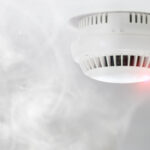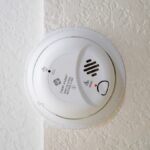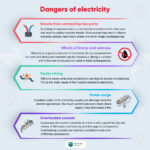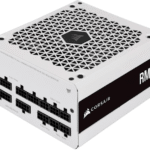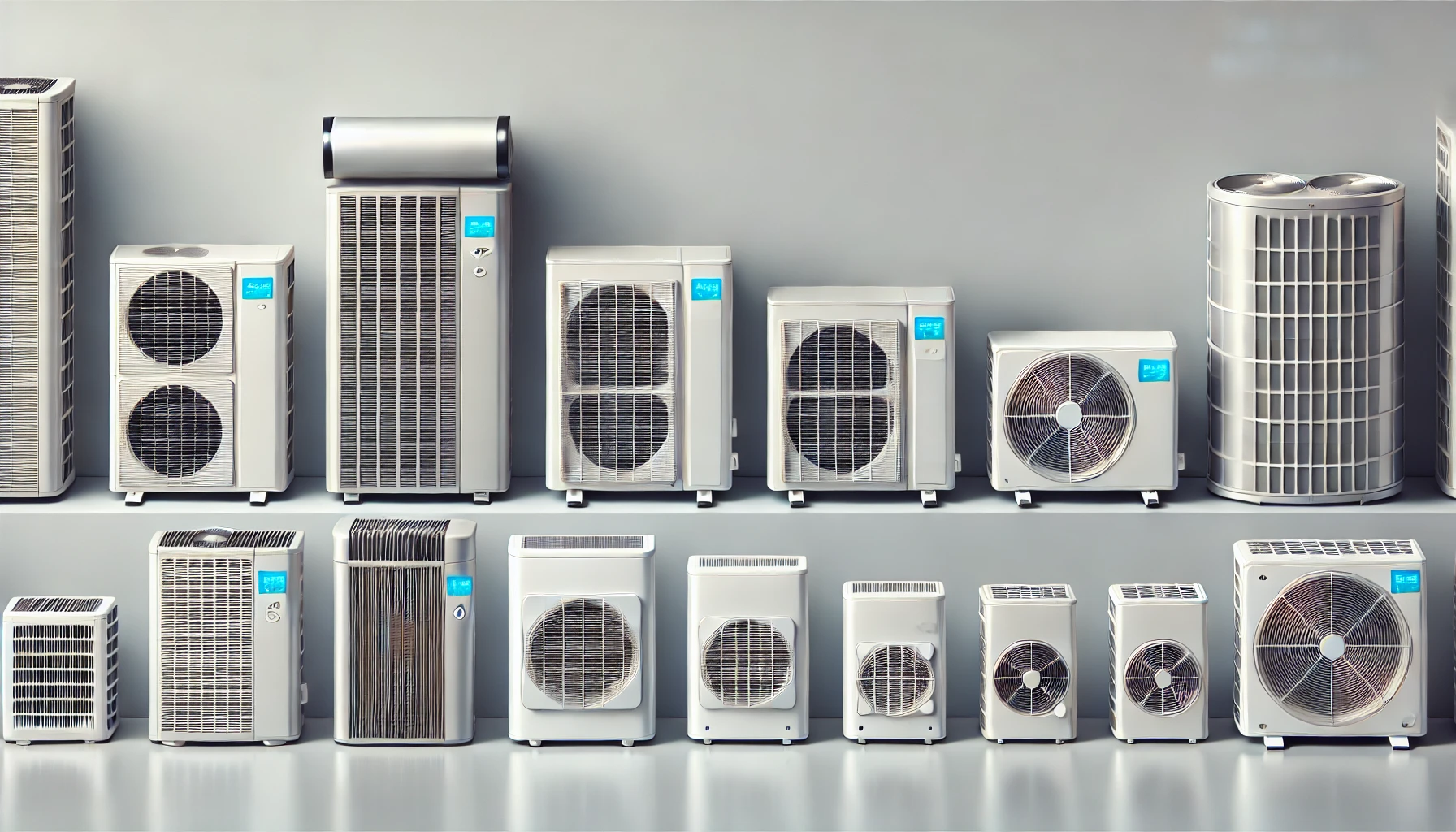
Introduction
With rising energy costs becoming a constant concern for homeowners, finding ways to improve efficiency and reduce utility bills is more important than ever. If you’re looking for an energy-efficient and eco-friendly way to heat or cool your home, then an air source heat pump (ASHP) is definitely worth considering. These heat pumps have emerged as a compelling solution and are becoming increasingly popular in both residential and commercial settings. This article explores the advantages of ASHPs in lowering energy bills, covering their inner working, types, and versatile applications.
What are Air Source Heat Pumps? Exploring Their Benefits
Air source heat pumps are devices or systems designed to heat or cool buildings by transferring heat from the outside air to the inside and vice versa within various facilities. They work similarly to refrigerators but in reverse. The beauty of ASHPs lies in their dual functionality. During colder months, ASHPs extract heat from the outside air, similar to a heat pump dryer, and use it to warm your home. In warmer months, they can operate in reverse to cool your home by removing heat from the interior.This eliminates requiring separate heating and cooling systems, potentially leading to further cost savings on your electricity bills. Additionally, using ASHPs offers unprecedented benefits in terms of high energy efficiency, quieter operation, easy installation, and reduced carbon footprint.
How Do Air Source Heat Pumps Work?
Unlike traditional heating systems that rely on burning fuel to generate heat, ASHPs operate on a clever principle—moving existing heat rather than creating it from scratch. This process involves different components within a heat pump unit, such as a refrigerant that absorbs and releases heat and a heat pump compressor that pressurises the gas as it circulates between the indoor and outdoor units. The cooled-down refrigerant travels back to the outdoor unit, where it expands back into a liquid state, absorbing more heat from the outside air and repeating the cycle.
During the summer months, ASHPs can be switched to cooling mode. The process reverses, with the indoor unit acting as the evaporator (absorbing heat from your home) and the outdoor unit acting as the condenser (releasing heat to the outside environment).
Most Common Types of Air Source Heat Pumps
Air source heat pumps are mainly categorised based on their distribution method and configuration. The two most common heat pump types include:
- Air-to-Air Heat Pumps – Air-to-air heat pumps are the most common type of heat pump that transfer heat directly from the outside air to the air inside your home through a network of ducts and vents. They work similarly to central air conditioners but can also reverse the process to provide heat in the winter.
- Air-to-Water Heat Pumps – Air-to-water heat pumps heat water instead of air. They work well with radiant heating systems, where hot water circulates through pipes in the floor or walls to heat the space. An air-to-water heat pump is also used to heat domestic hot water for showers, sinks, etc.
In addition to the above types, a hybrid air source heat pump is a system that combines a traditional boiler, typically a gas or oil boiler. The boiler acts as a backup heat source, kicking in when the outside air temperature is too low for the efficient operation of a heat pump.
Unveiling the Cost Savings Potential of Air Source Heat Pumps
ASHPs offer significant advantages over traditional heating and cooling systems, translating into lower energy bills. Modern ASHPs can operate efficiently even in cold climates designed to extract heat from the air at temperatures as low as -15°C or lower. Some potential advantages of these pumps include:
Highly Efficient Heat Transfer
Compared to furnaces and resistance heaters that convert electricity directly into heat, ASHPs move existing thermal energy from the outdoors, requiring less electrical input to achieve the desired temperature. This translates to a much higher efficiency rating, often exceeding 300%.
Reduced Reliance on Fossil Fuels
ASHPs primarily rely on electricity, potentially displacing traditional heating systems that use oil, gas, or propane. This shift results in substantial cost savings, especially in regions with fluctuating fossil fuel prices.
Less Maintenance Costs
ASHPs require less maintenance than combustion-based heating systems. They have fewer mechanical components at risk of malfunction, potentially lowering repair costs and longer intervals between maintenance checks.
Longevity
ASHPs have a long lifespan, often lasting 15 to 20 years with proper maintenance. This durability further enhances their cost-effectiveness over time, providing value for a longer period.
Government Incentives
Many governments and local authorities in various regions offer financial incentives to encourage homeowners in adopting renewable energy technologies like ASHPs. These incentives can significantly offset the upfront installation costs.have a long lifespan, often lasting 15 to 20 years with proper maintenance. This durability further enhances their cost-effectiveness over time, providing value for a longer period.
Quantifying the Savings of ASHPS: Case Study from EPA
Studies from the EPA (Environmental Protection Agency) in the United States suggest that ASHPs can reduce heating energy usage by up to 50% compared to electric resistance heating and baseboard heaters. This translates to significant cost savings on your winter heating bills. The EPA’s study also shows that for every unit of electricity used by an ASHP, three to four units of heating energy are delivered, making them 300% to 400% efficient.
Real-World Applications of Air Source Heat Pumps
ASHPs are versatile and environmentally friendly technology used for heating and cooling in various settings. Some real-world applications of air source heat pumps include:
- Residential Heating and Cooling
- Commercial Buildings
- Industrial Applications
- Hot Water Production
- Swimming Pools
- Automotive Industry
- Wood Industry
- Integrated Systems
- Retrofitting Older Buildings.
Bottom Lines
Air source heat pumps represent a promising alternative for both homeowners and businesses looking to reduce their energy bills and environmental impact. They offer a versatile, efficient, and sustainable alternative to traditional heating and cooling systems. By understanding the benefits, types, cost-saving potentials and versatility of ASHPs, homeowners can make informed decisions about integrating these systems into their homes. Investing in a quality air source heat pump is a smart financial move towards a more sustainable future.










